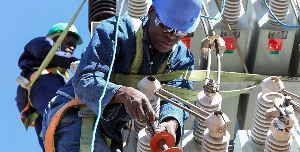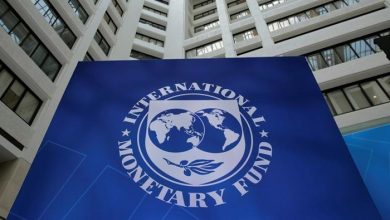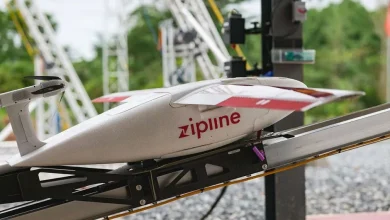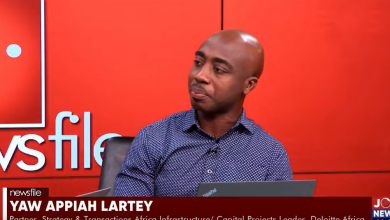IES blames power outages on GRIDCo’s financial challenges

The Institute for Energy Security (IES), a think tank, has blamed the recent power outages on poor maintenance and upgrade of the transmission system owing to Ghana Grid Company’s (GRIDCo) illiquidity, which continues to render the grid weak and unable to withstand shocks.
“The poor maintenance regime due to the liquidity challenge of the operator is evident in the increasing levels of transmission losses in recent times,” the institute told Business24.
The IES, therefore, called on the government to work to address the cash-flow challenges of GRIDCo, the Electricity Company of Ghana (ECG), and other sectoral utilities to enable them to carry out effective operations and maintenance to forestall the persistent system failures that continue to undermine power service delivery.
“Until the financial, technical, and commercial issues of the power companies are dealt with, the Ghanaian cannot be assured of consistent and reliable power supply, even though current plant available capacity exceeds current system peak demand.”
The IES said the increasing rate at which the transmission grid has been failing, resulting in several interruptions in power supply to homes, businesses, and other places is a worry that needs a better explanation from GRIDCo.
“More worrying is how the interruptions have heightened since the beginning of this year, and the kind of explanations put forward,” the institute said.
“With respect to the Sunday, 7 March 2021 incident, GRIDCo explained in a new statement that ‘the total power system shutdown experienced at 14:10 GMT was due to a technical fault on one of the major transmission lines between Prestea and Obuasi, leading to a sequence of trips and eventual power system shutdown in the country.’ What GRIDCo’s statement failed to do was to put across the kind of technical fault that occurred, leading to the system collapse,” IES said.
The institute said its checks indicated that the tripping of the Prestea to Obuasi line occurred at 13:46 GMT, causing voltages in the middle belt to collapse.
“Under such a circumstance, operators on-site are required to act swiftly and salvage a total shutdown by taking some customers off the grid to prevent a cascading trip of connected transmission lines, as it happened at 14:10 GMT,” it said.
“The IES would like to understand the cause of the delay in salvaging the situation that eventually led to the total shutdown, particularly what operators did between 13:46 GMT and 14:09 GMT as a way of preventing a total shutdown of the transmission grid,” it added.









